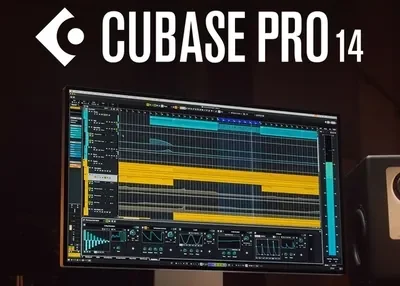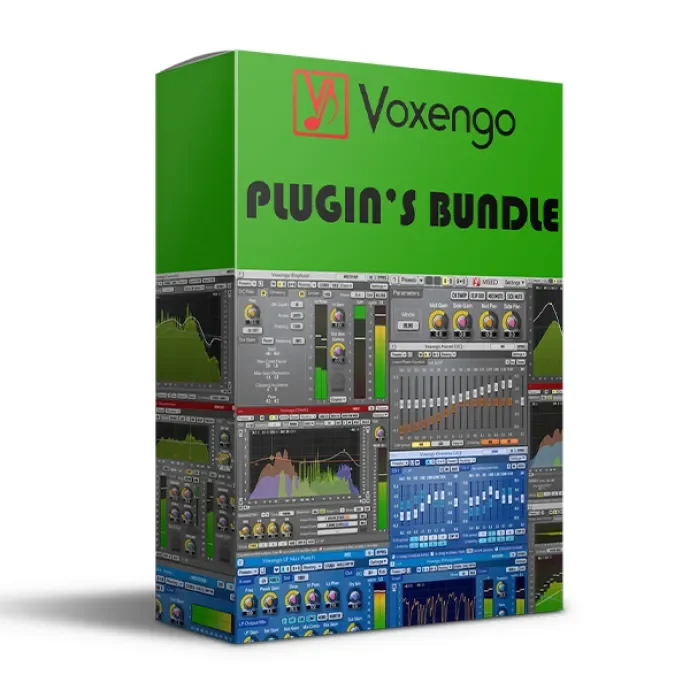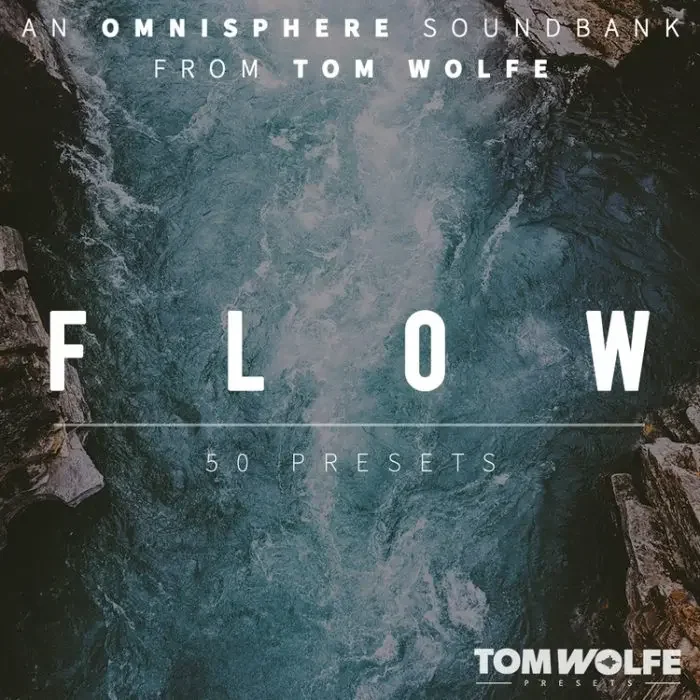
Unlock the Power of Studio Strings for Epic Orchestra Sounds
If you’re diving into the world of music production, Studio Strings offers an incredible toolkit to craft breathtaking orchestral compositions. This innovative software provides a range of instrument choices, each with unique characteristics and articulations, putting the magic of a full orchestra right at your fingertips. Whether you’re a seasoned producer or a budding composer, the versatility of these tools can elevate your sound creation to new heights. Let’s explore the four distinct models included in Studio Strings and how they contribute to a rich, dynamic soundscape.
Why Choose Studio Strings for Music Production?
Studio Strings stands out in the realm of digital music tools by offering a variety of instrument options that cater to diverse creative needs. With meticulously designed models and a range of articulations, you can experiment with countless sound combinations. This flexibility ensures that every track you produce carries the depth and emotion of a live orchestra, making it a go-to choice for modern composers.
Dive Into the Four Models of Studio Strings
Each model within Studio Strings represents a core component of a traditional string section, delivering authentic tones and textures. Here’s a closer look at the unique qualities of each instrument:
1. Bass: The Foundation of Deep Lows
The Bass model serves as the backbone of any orchestral arrangement, providing the deepest and most resonant tones. Often referred to as the sub-bass of the ensemble, this instrument adds a powerful low-end presence to your compositions. It’s perfect for creating a strong foundation that anchors the rest of your string parts, ensuring a balanced and impactful sound.
2. Cello: Elegance in the Lower Mid-Range
Sitting just above the bass in pitch, the Cello model brings a warm and expressive tone to the orchestra. Its slightly higher range makes it ideal for solo passages and melodic lines that stand out in a mix. Known for its captivating harmonics, the cello adds a layer of emotional depth, making it a favorite for cinematic and classical arrangements.
3. Viola: The Rich Mid-Tone Marvel
The Viola model is often overshadowed by its counterparts, but it plays a crucial role in adding fullness to orchestral works. With a tone that blends the brightness of a violin with a deeper, more robust character, the viola enriches the mid-range frequencies. Its unique sound profile offers a distinctive texture that can enhance any composition with subtle sophistication.
4. Violin: The Star of High-Frequency Melodies
No string section feels complete without the Violin model, the highest-pitched instrument in the lineup. Often taking center stage with its soaring melodies, the violin is synonymous with classical music. In most arrangements, multiple violin sections play together, creating a lush and vibrant sound that instantly captures the listener’s attention.
How Studio Strings Transform Sound Creation
With these four models, Studio Strings empowers you to experiment with a wide array of orchestral sounds. The ability to switch between instruments and articulations means you can tailor your compositions to evoke specific moods or themes. Whether you’re aiming for the dramatic intensity of a film score or the delicate beauty of a classical piece, this tool provides endless possibilities for creativity in music production.
Final Thoughts on Crafting Orchestra Sounds
Incorporating Studio Strings into your workflow opens up a world of sonic exploration. From the deep resonance of the bass to the melodic brilliance of the violin, each instrument model offers something unique to your tracks. By mastering these tools, you can bring the grandeur of an orchestra into your studio, creating compositions that resonate with listeners. Ready to transform your music production? Start experimenting with Studio Strings today and let your creativity soar!



